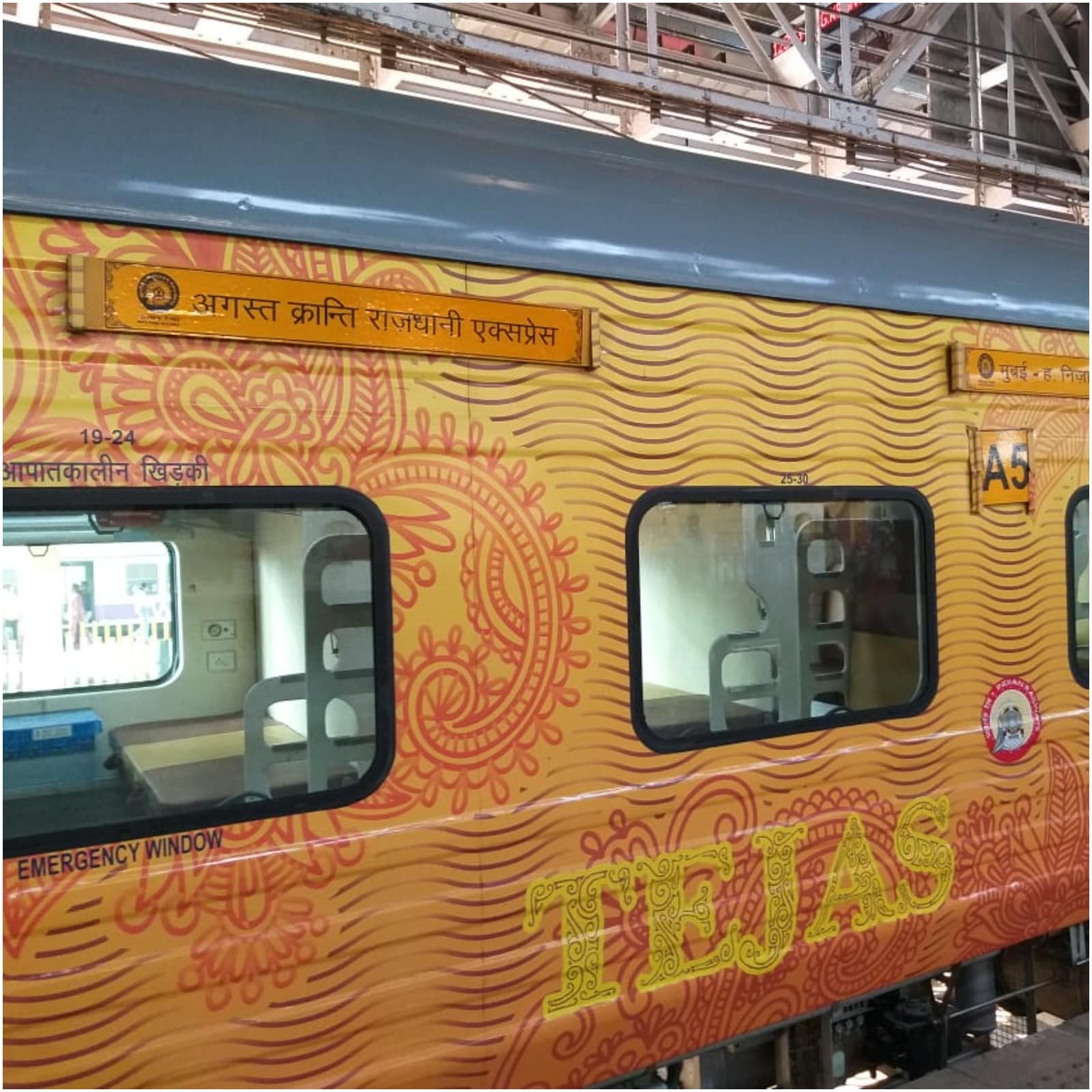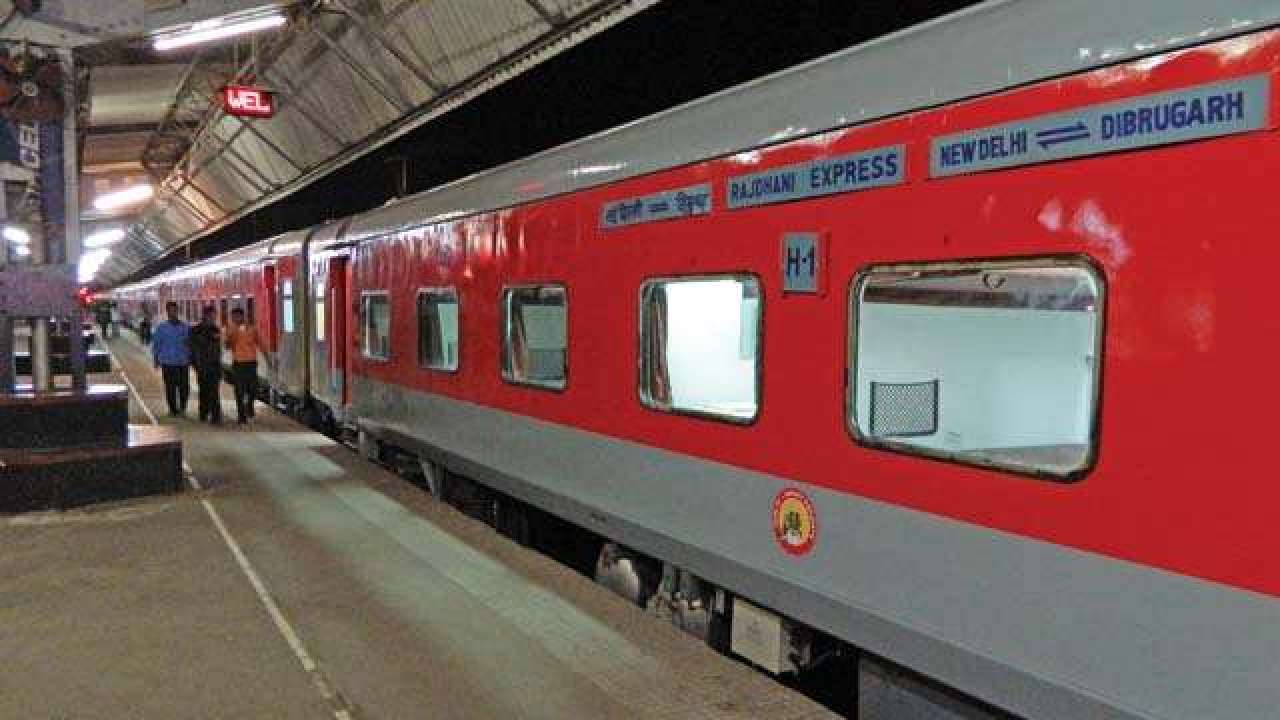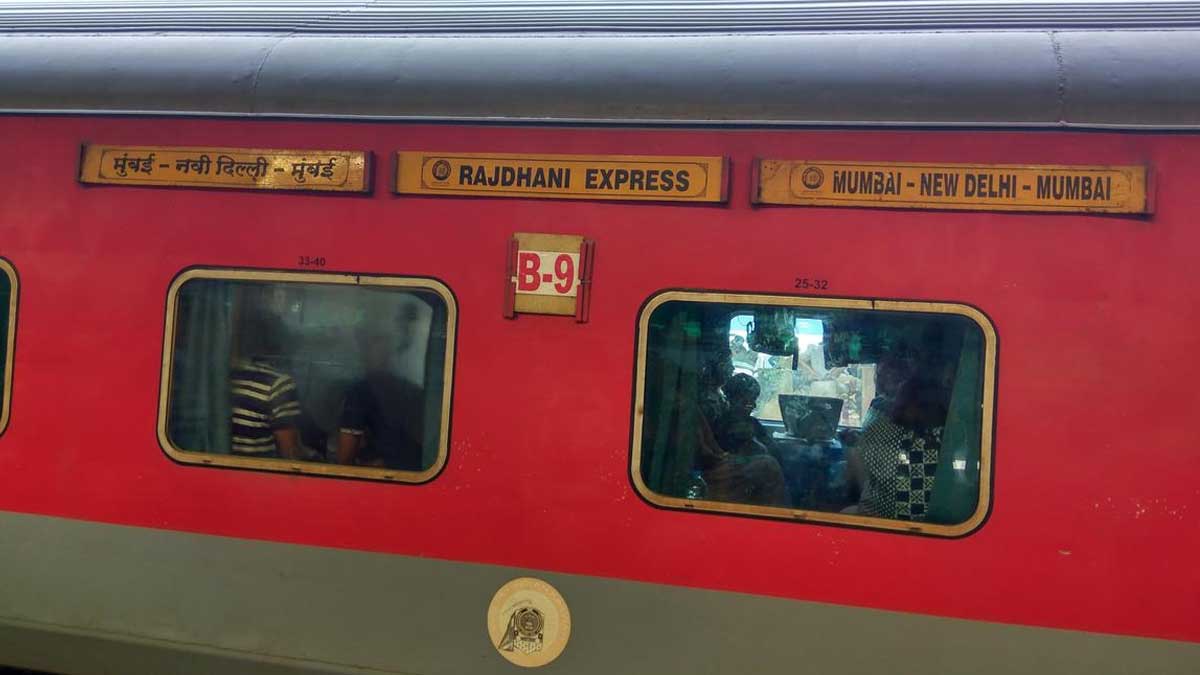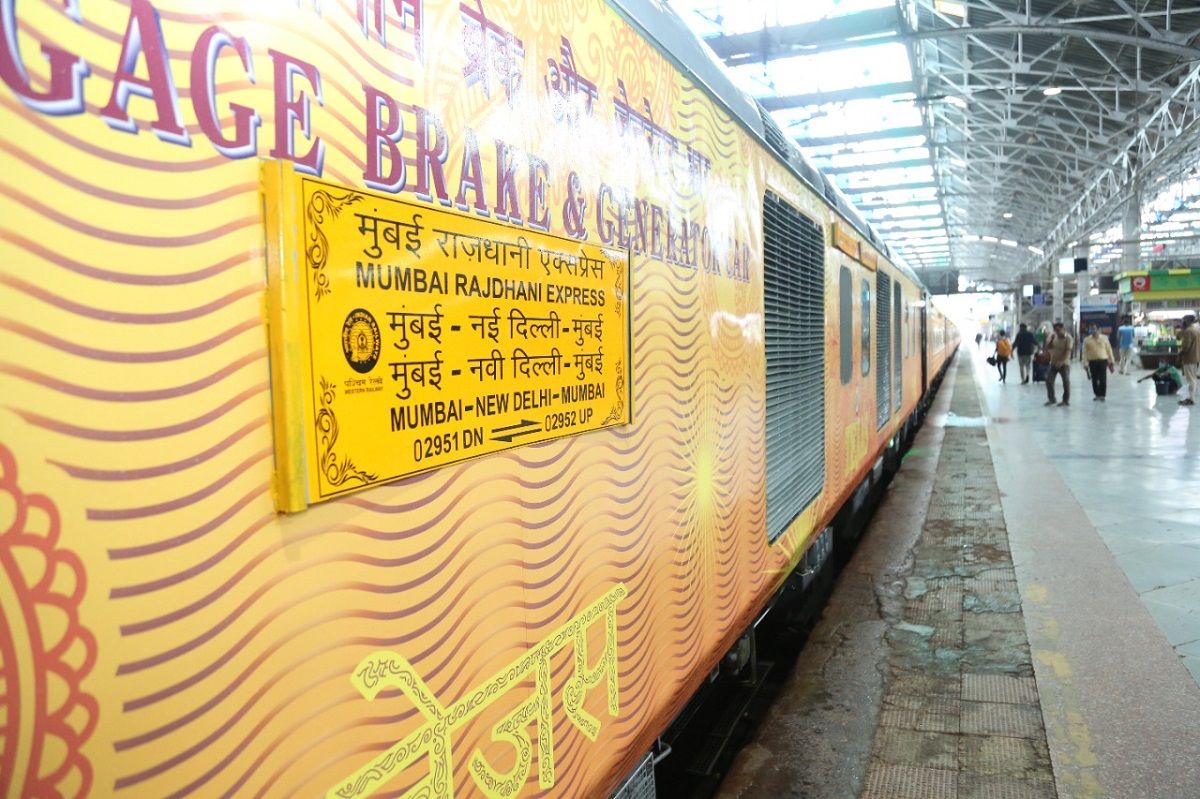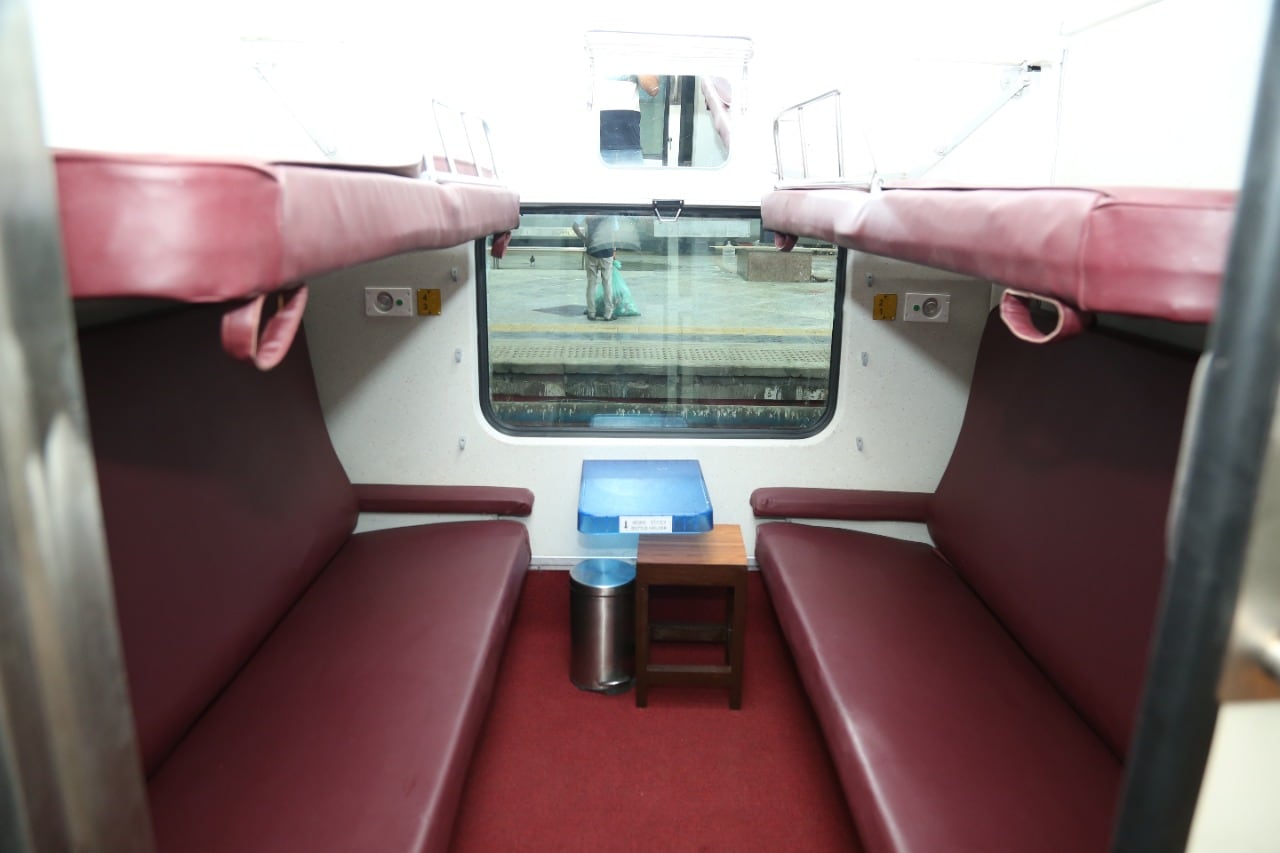Mumbai To Delhi Rajdhani Express Price

The Mumbai-Delhi Rajdhani Express, a symbol of luxurious and efficient rail travel, has become a focal point of discussion due to recent fluctuations and evolving pricing strategies. These changes have stirred debate among passengers, policymakers, and railway authorities, prompting a closer examination of the factors influencing the cost of this premium service.
The price of a ticket on the Mumbai-Delhi Rajdhani Express is not static; it's a complex calculation influenced by factors like dynamic pricing, class of travel (1st AC, 2nd AC, 3rd AC), seat availability, time of booking, and even seasonal demand. Understanding these intricacies is crucial for both travelers and observers seeking to grasp the rationale behind the ticket costs and the implications for accessibility and affordability.
Dynamic Pricing and its Impact
At the heart of the pricing debate is the implementation of dynamic pricing. This system allows fares to fluctuate based on demand, similar to airline ticket pricing.
During peak seasons and times of high demand, fares can significantly increase, while prices may be lower during off-peak periods. This approach aims to maximize revenue for the Indian Railways but has also raised concerns about affordability for regular passengers.
Critics argue that dynamic pricing can make the Rajdhani Express, once considered a relatively affordable premium option, inaccessible to a segment of the population.
Class-Wise Fare Structure
The Mumbai-Delhi Rajdhani Express offers different classes of travel, each with its corresponding fare structure. 1st AC, offering the highest level of comfort and privacy, commands the highest prices.
2nd AC and 3rd AC offer more affordable options, but their fares are still subject to dynamic pricing fluctuations. The base fares for each class serve as the starting point, with the final price determined by real-time demand and availability.
Therefore, the variance in prices between the different classes reflects not only the level of comfort but also the responsiveness of the fares to market forces.
Factors Influencing Price Variations
Beyond dynamic pricing and class of travel, other factors contribute to price variations. Booking tickets closer to the departure date generally results in higher fares due to increased demand.
Conversely, advance bookings, especially during off-peak seasons, may offer lower prices. Seasonal factors, such as holidays and festivals, also play a role, with fares typically increasing during these periods due to heightened travel demand.
Passenger Perspectives and Concerns
The fluctuating prices of the Mumbai-Delhi Rajdhani Express have elicited diverse reactions from passengers. Some travelers understand and accept dynamic pricing as a standard practice, akin to airline pricing strategies.
However, others express concerns about the lack of transparency and predictability, making it difficult to budget for travel expenses. Many argue that while revenue generation is important, the affordability and accessibility of railway services for all citizens should also be prioritized.
Railway Authority's Standpoint
The Indian Railways maintains that dynamic pricing is essential for optimizing revenue and improving service quality. The additional revenue generated through dynamic pricing allows for investments in infrastructure upgrades, improved amenities, and enhanced safety measures, officials say.
They also argue that dynamic pricing helps in managing demand and ensuring that seats are utilized efficiently. The railway authorities have, on occasion, indicated willingness to review the pricing mechanism and explore ways to make fares more predictable, while balancing revenue considerations.
Future Outlook
The debate surrounding the Mumbai-Delhi Rajdhani Express fares is likely to continue as the Indian Railways seeks to balance revenue generation with passenger affordability. Exploring alternative pricing models, such as fixed quotas for lower-priced tickets or tiered pricing structures based on income levels, could be potential solutions.
Increased transparency in pricing mechanisms and better communication with passengers regarding fare fluctuations are also crucial. Ultimately, finding a sustainable and equitable pricing strategy for the Mumbai-Delhi Rajdhani Express will require ongoing dialogue between the railway authorities, policymakers, and the traveling public.
The future may also see the introduction of more high-speed rail options, potentially influencing the pricing and demand dynamics of the existing Rajdhani Express service.




